There can be your advertisement
300x150
Bedroom Renovation: 6 Tips for Quality Work
Together with a professional, we determine the interior style, select reliable and eco-friendly finishing materials, and create a comfortable microclimate in the bedroom
Bathroom renovation is the most important stage of overall home renovation. The comfort and health benefits of the bedroom environment directly affect your daily well-being. With Timur Abdrahmanov, we explain how to do the renovation properly and achieve maximum comfort.
Timur Abdrahmanov Expert Founder and General Director of the design renovation service Tim & Team, Design Studio "Studio 3.14"
How to preserve health and create comfort?
Use natural construction and finishing materials, hypoallergenic and eco-friendly. They are also called "breathing". These include all types of wood, cork, paper, fabric, veneer, concrete, brick, glass, stone, bamboo, tiles, ceramic granite. Cheap paints, varnishes, and mastics containing heavy metals are dangerous to health;
Ensure fresh air circulation: give up multi-layered curtains, complex decor, and floor coverings. Keep minimal furniture;
Do not use bright and glossy finishes. Be cautious with large mirrors on the ceiling and walls, if you believe in Feng Shui and folk traditions. Calming colors for decoration and subdued tones are better for relaxation and good sleep;
- Do not limit yourself to overhead lighting in the form of a large chandelier. It is more convenient to have more local light sources and pass-through switches that allow you to turn off the general lighting while lying down.
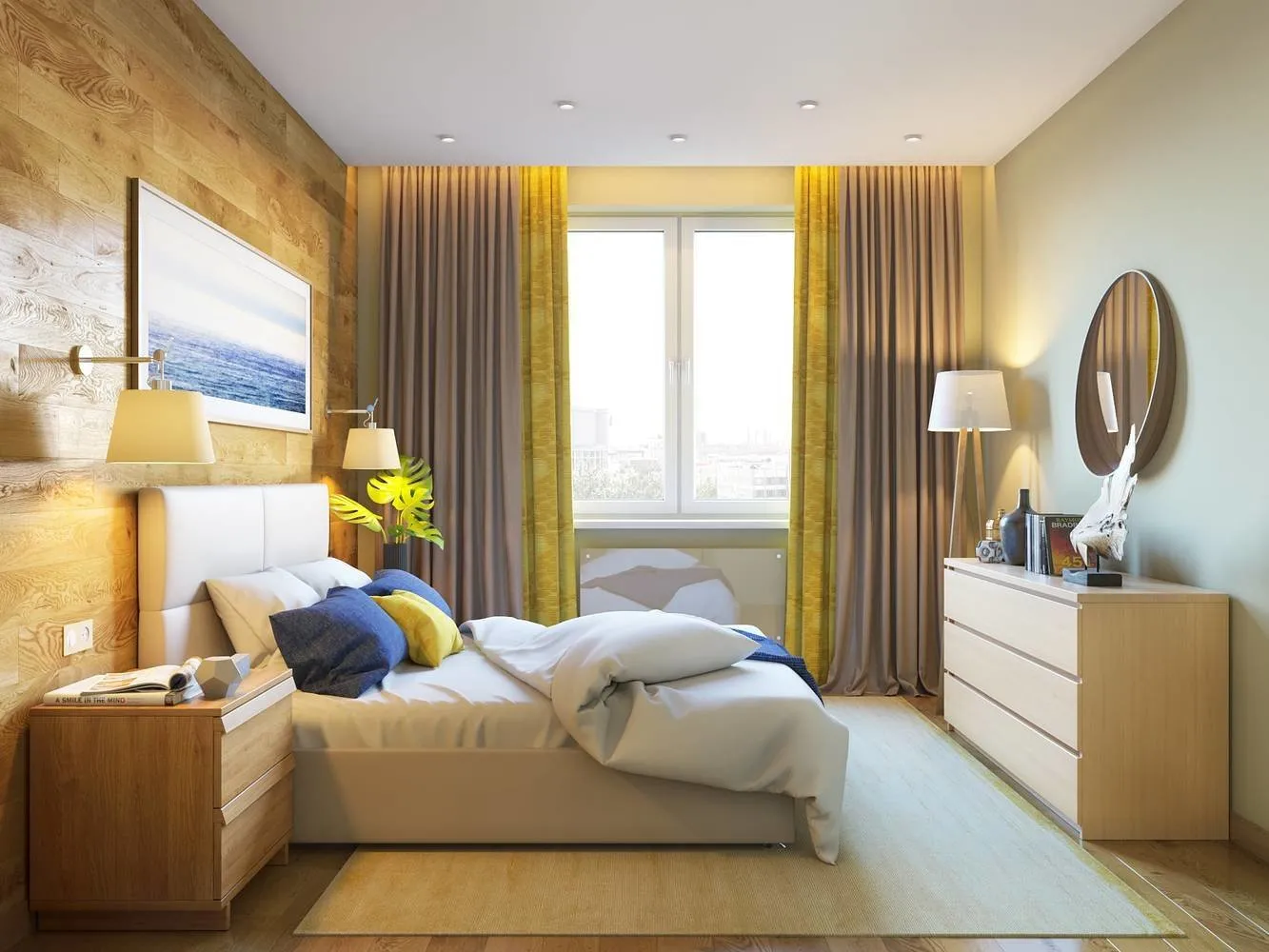 Design: "Studio 3.14"
Design: "Studio 3.14"How to choose the style of decoration?
- If the bedroom is small, focus on high-tech, minimalism, or Scandinavian style. Why? The fewer items in the interior, the more spacious and airy the room will seem;
- For large rectangular bedroom styles such as Renaissance, Classicism, and Eclecticism are suitable. What is important? Arrange wardrobes, dressers, and armchairs along the walls, not cluttering the central space;
- In a spacious bedroom, Classicism, Provence, Cottage, Loft, and Scandinavian styles are relevant. All of them are based on using natural materials in finishing and decor: tapestries, carpets, fabrics, porcelain, glass;
- For a studio, Eclecticism, Loft, and Scandinavian styles are ideal. Mix different styled items. The reward is maximum functionality with minimal furniture.
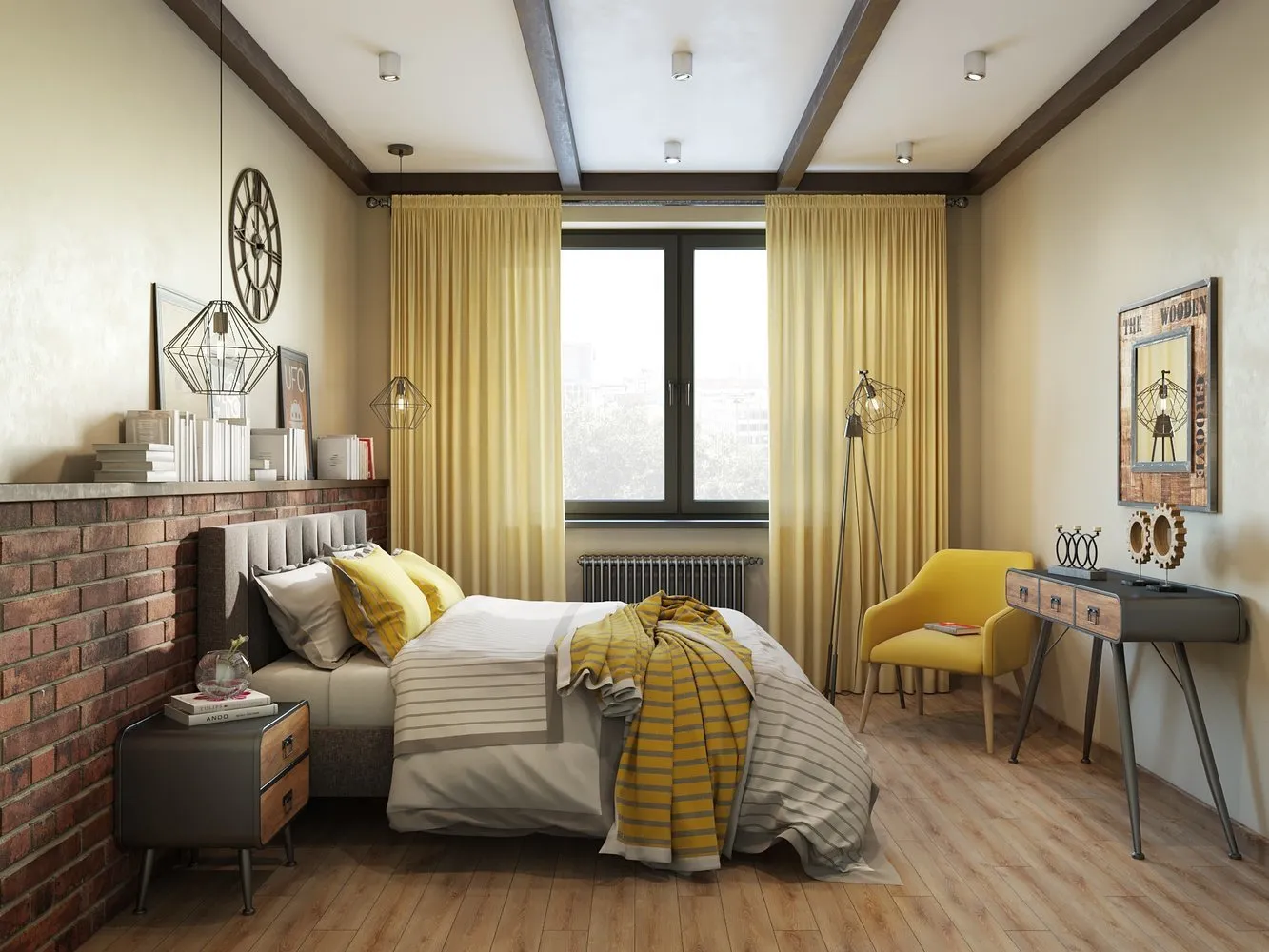 Design: "Studio 3.14"
Design: "Studio 3.14"How to wire the electrical system?
Bedside lamps should have switches within arm's reach, and for overhead lighting plan several operating modes. A dimmer is suitable for this purpose;
- Pass-through switches are needed: they allow you to turn on and off the overhead lighting from two or more different installation locations. This is convenient;
The more switches and outlets, the better. Install three switches above the bed in the center: a pass-through switch for overhead lighting in the middle, and one on each side for bedside lamps;
- Comfortable temperature is provided by heaters and air conditioners. Plan outlet positions for them — and you won't need to live with extension cords.
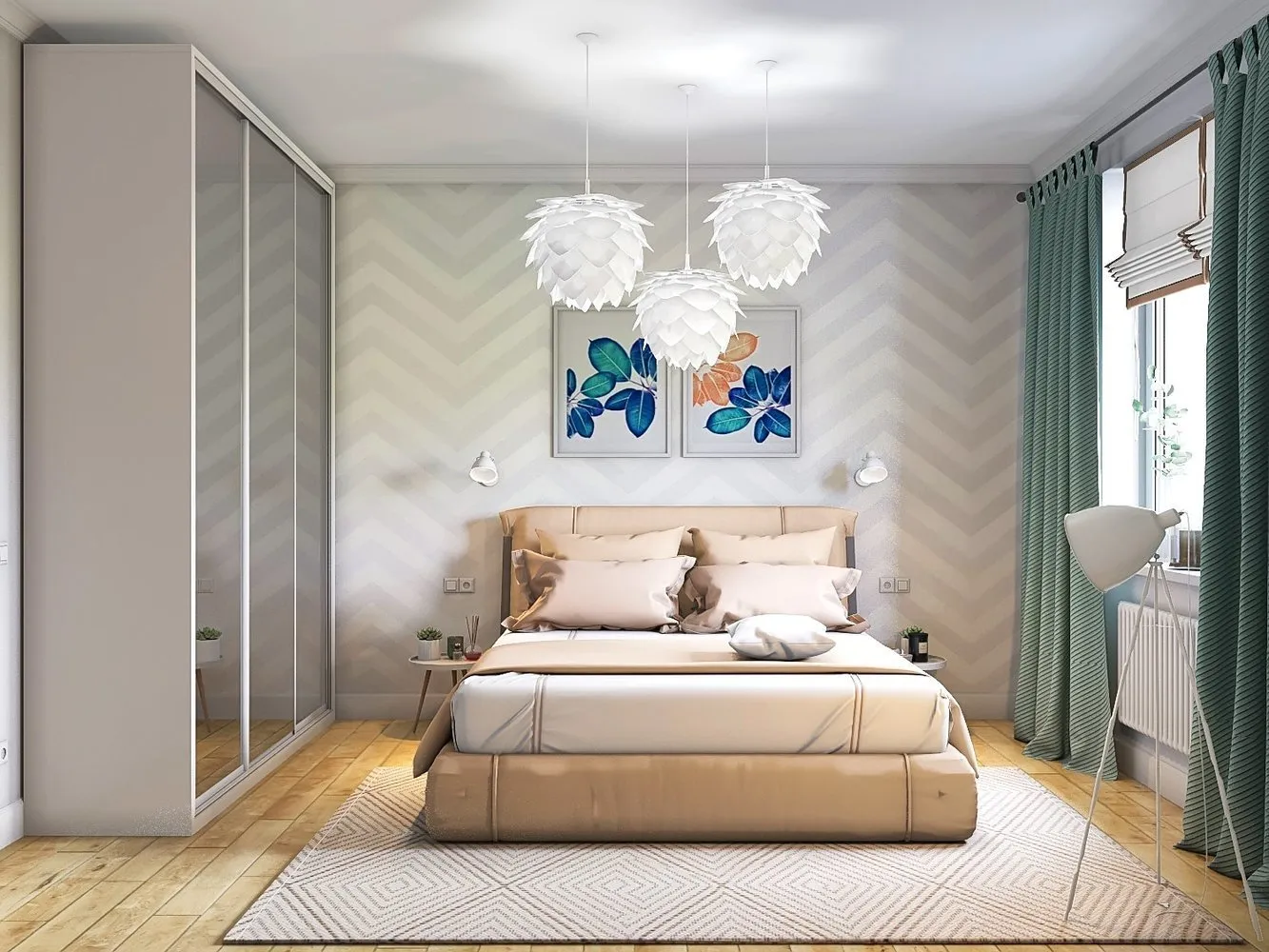 Design: "Studio 3.14"
Design: "Studio 3.14"What type of ceiling is easiest to install?
The most common option for finishing is painting using interior water-emulsion paints. To ensure even coverage, the ceiling must be pre-gypsumed and spackled. Choose the right shade at a specialized store that offers color matching services.
Painting is simple: apply several layers of paint with a wide painter's roller to the prepared ceiling surface. Let it dry between each layer. Apply the next layer perpendicular to the previous one — and you will get even coverage.
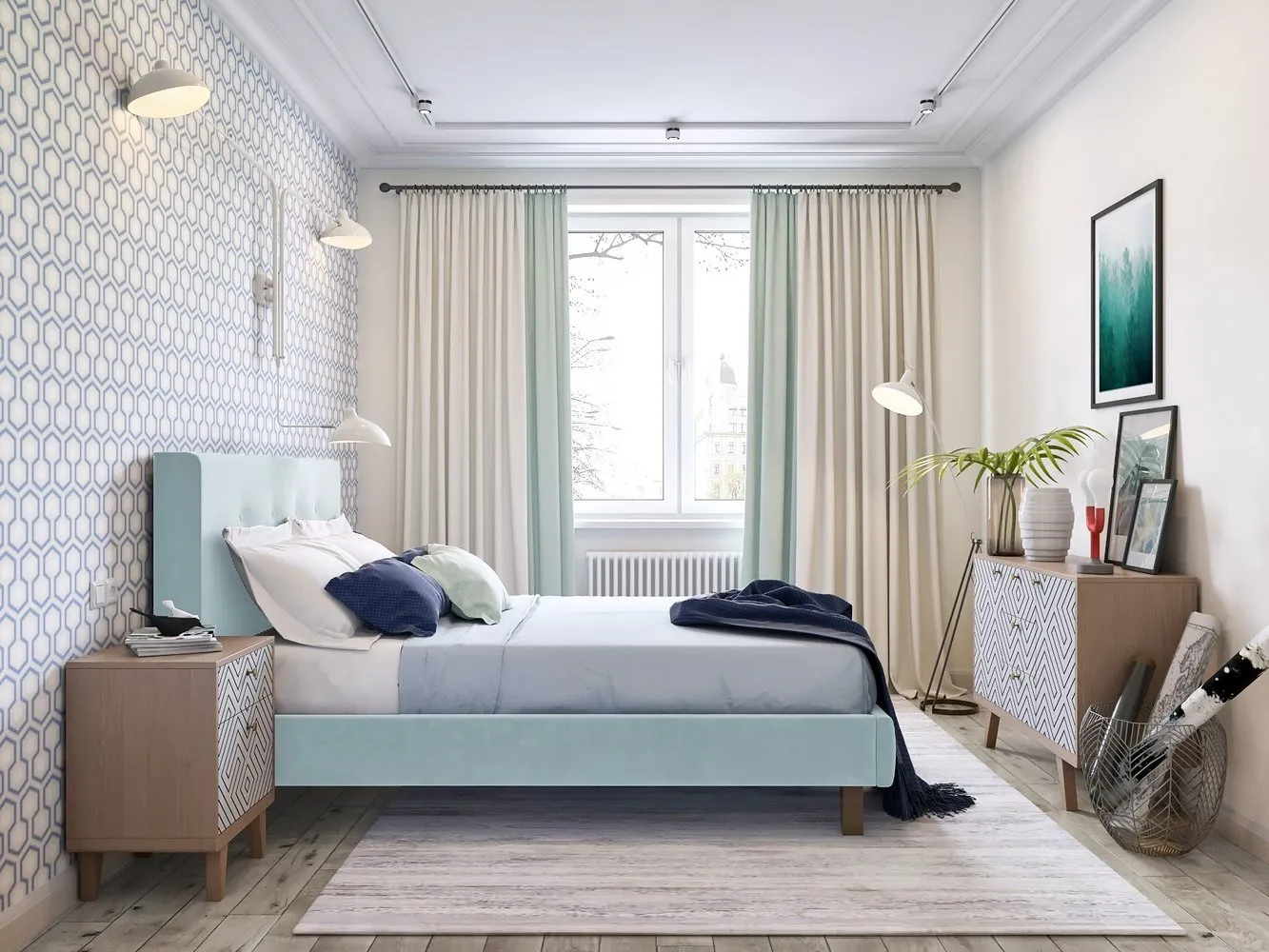 Design: "Studio 3.14"
Design: "Studio 3.14"Another option is a suspended ceiling made of gypsum board. The ceiling is attached to a special frame including brackets and guide elements — load-bearing U-profiles and connecting C-profiles. The gypsum boards are mounted to this frame.
This ceiling is heavy, so the boards must be securely fastened to the floor slab using anchor bolts 100–120 mm long. However, a gypsum board ceiling allows for various levels and enables complex systems of built-in lights for more diverse lighting scenarios in the room.
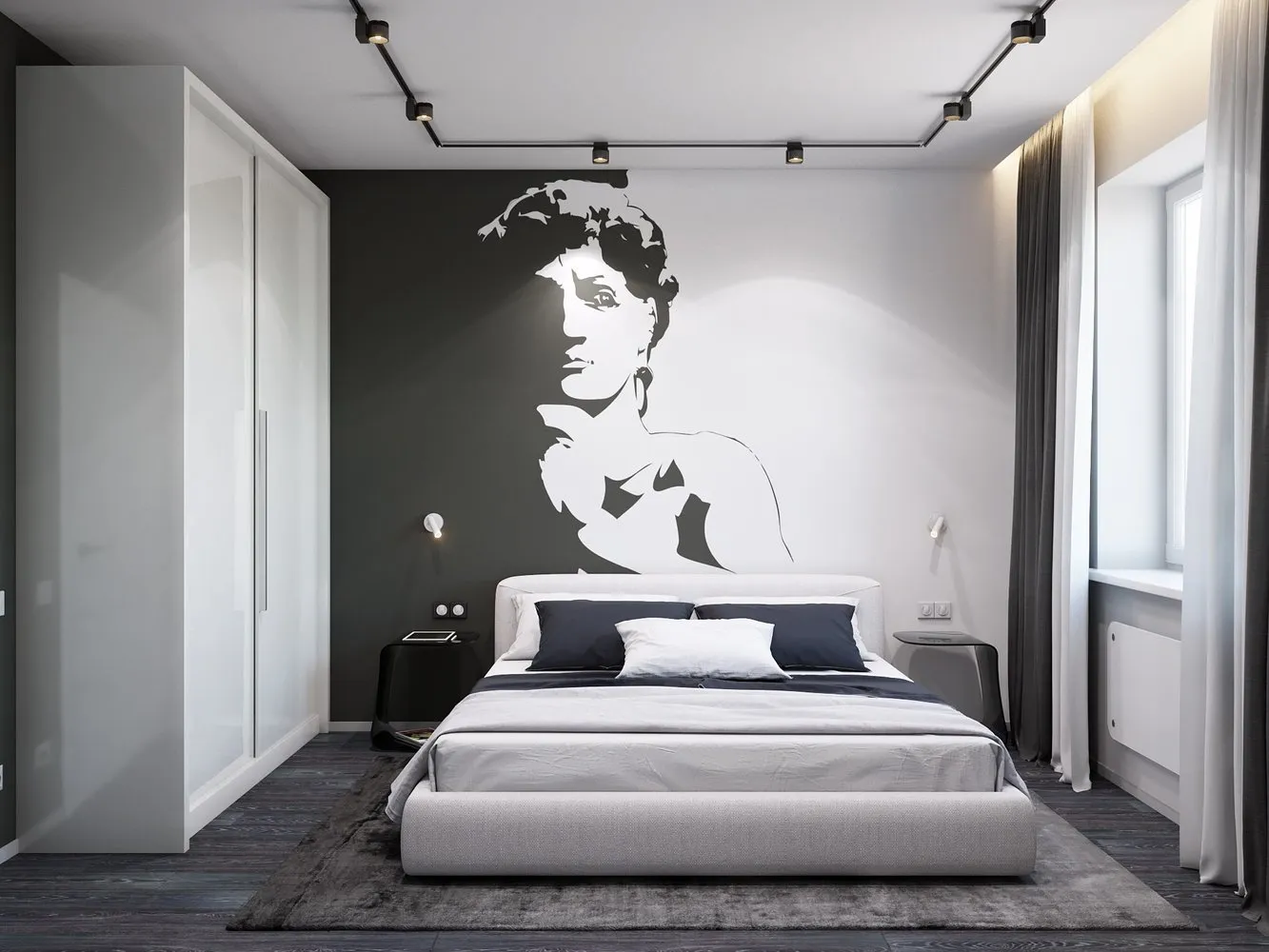 Design: "Studio 3.14"
Design: "Studio 3.14"What kind of wallpaper to use?
- Paper. Main advantages include a wide range of colors and textures, eco-friendliness, and ease of application. However, paper wallpapers are not suitable if the bedroom is too sunny: the paper fades quickly in sunlight;
- Vinyl. Durable and long-lasting. A significant disadvantage is that they do not allow air to pass through. However, there are now wallpapers made from hard vinyl that don't have this issue, but they cost more;
- Felt. An optimal choice for bedroom wall finishing. The wallpapers allow air to pass through, are easy to paste, and eco-friendly. The only drawback is that they require a perfectly smooth base surface;
- Fabric. Essentially paper wallpapers (base) with fabric threads attached. The end result is a coating with high thermal and sound insulation properties, eco-friendly, and pleasant to touch. The disadvantage is that they attract dust and require special care of the surface.
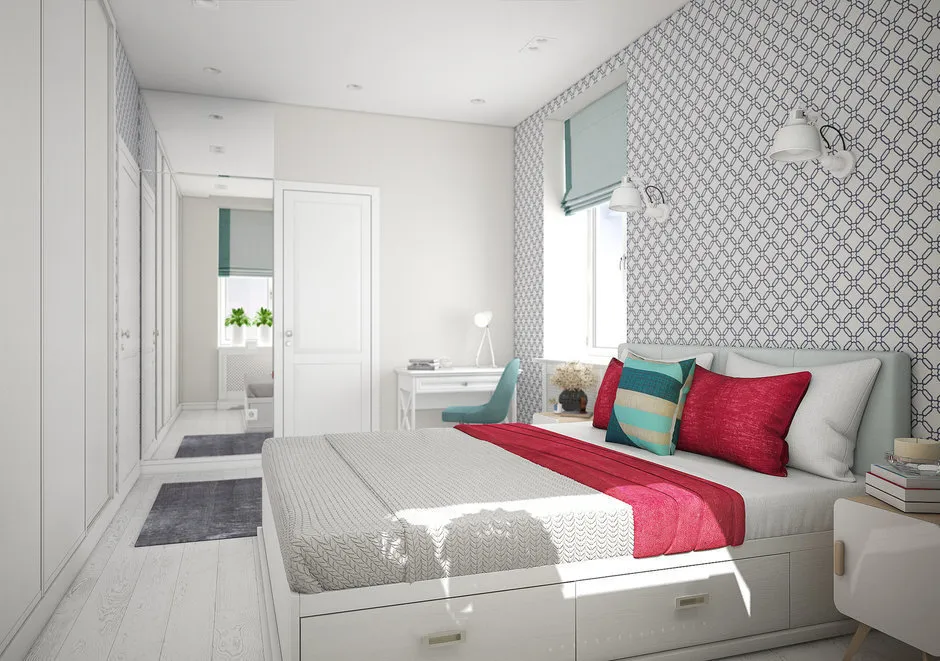 Design: "Studio 3.14"
Design: "Studio 3.14"From an ecological perspective, three more options are attractive:
- Fabric wall covering. Linen and cotton are used for finishing. Pros include eco-friendliness, thermal and sound insulation. Cons include difficult maintenance: the surface needs regular vacuuming;
- Wooden panels. The main appeal is 100% natural material. Additionally, wood creates a natural microclimate in the room and maintains optimal humidity and temperature levels. Also note its durability: quality panels last at least 50 years;
- Soft wall panels. A relatively new type of finishing material consisting of three layers: base (rigid plastic or wood), filling (thermal and sound insulation material), and outer layer (leather or fabric). Advantages of soft wall panels: unique appearance, pleasant tactile sensations, high thermal and sound insulation. Disadvantages include their high cost and difficulty in maintenance — dust accumulates easily. They are also easy to damage.
 Design: "Studio 3.14"
Design: "Studio 3.14"What type of flooring is more eco-friendly?
As a finishing floor covering in the bedroom, laminates, solid wood, parquet, engineered wood, or parquet, carpets, and cork are used. Let's look at the pros and cons of various materials.
Laminate
Pros: high strength and wear resistance, easy installation, affordable price.
Cons: strict requirements for the base surface for installation.
Eco-friendliness: some low-quality types may emit harmful substances into the air. Absolutely safe is flexible laminate with vinyl coating.
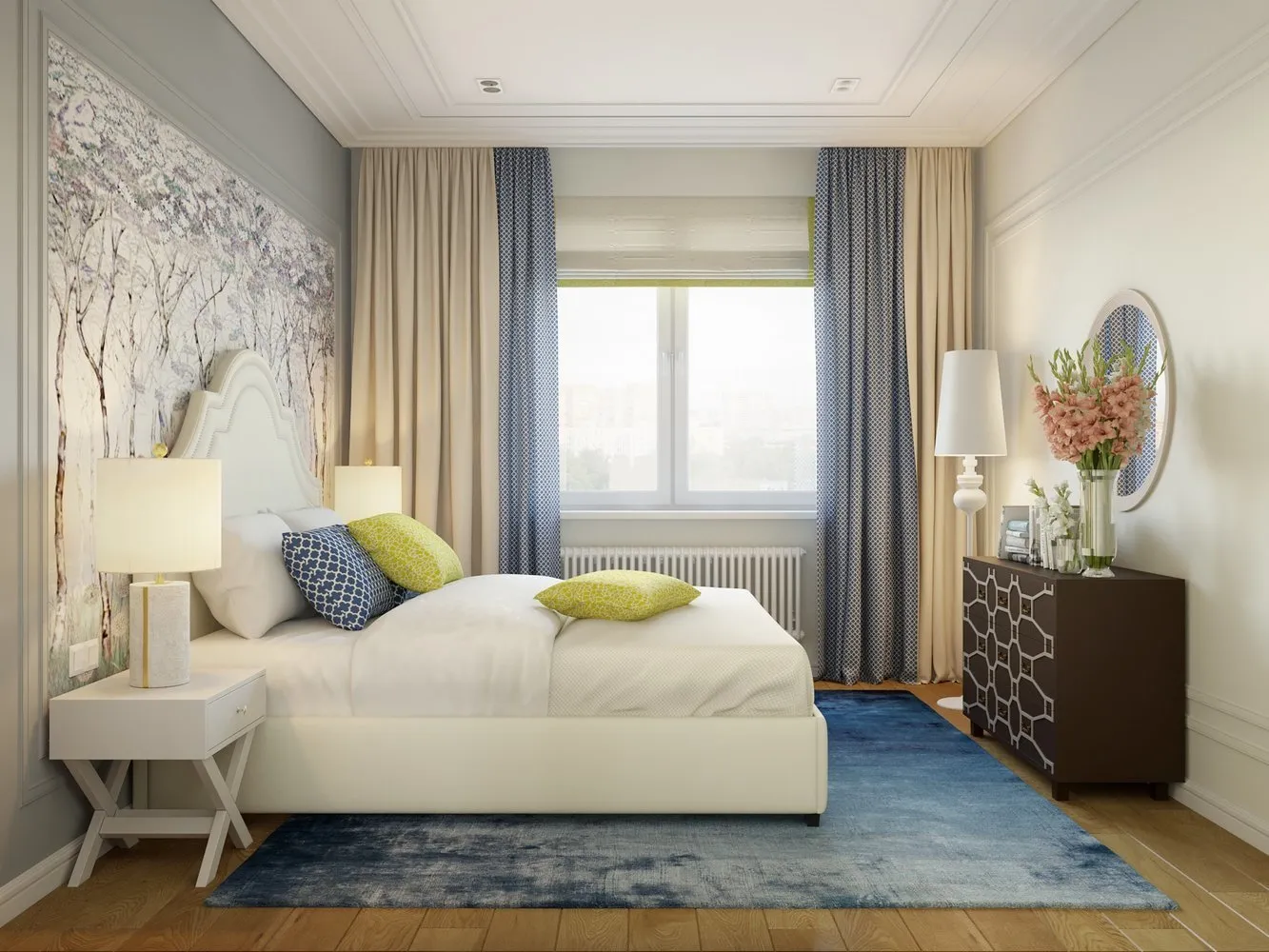 Design: "Studio 3.14"
Design: "Studio 3.14"Wood, Parquet
Pros: maintains natural microclimate due to hygroscopicity: the surface absorbs and releases moisture. Aesthetically attractive material.
Cons: material is afraid of moisture and requires serious maintenance during operation, expensive (except parquet and engineered wood). Installation requires professional involvement.
Eco-friendliness: solid wood and parquet are the most eco-friendly materials, but only if the right lacquer is chosen. It should be as safe as possible. Eco-friendliness of parquet and engineered wood depends on the composition of the layers that bind them.
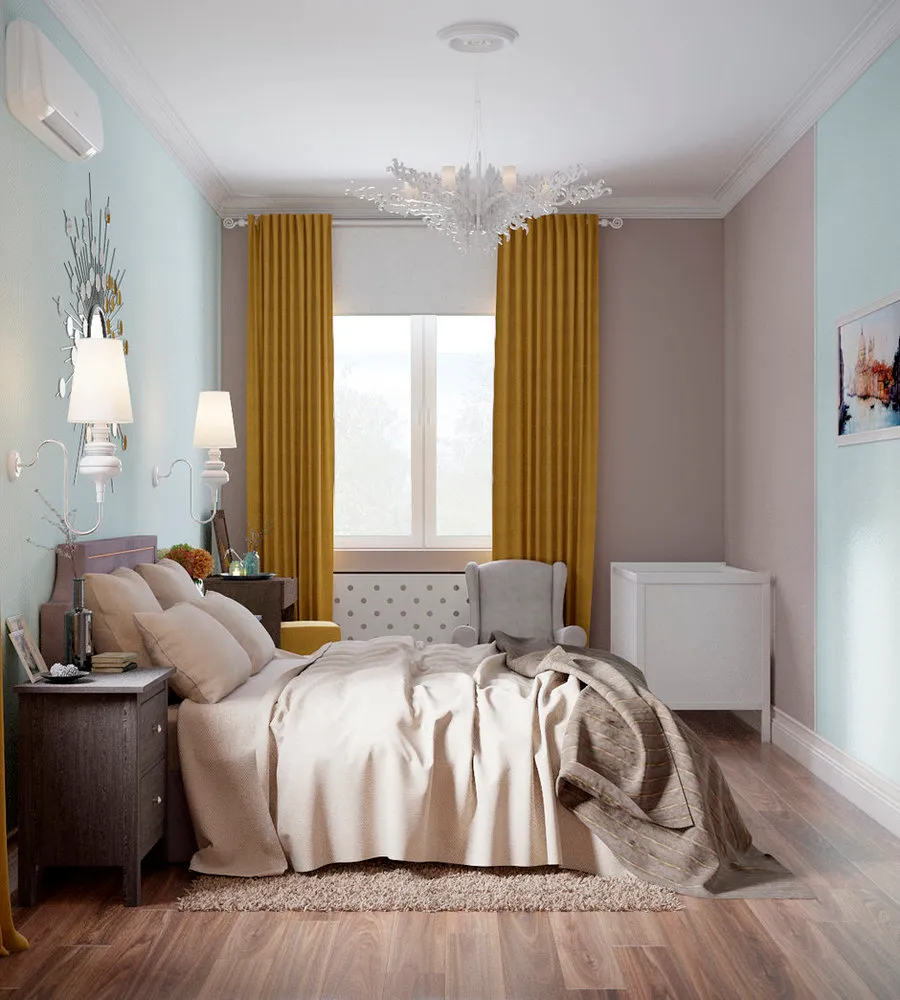 Design: "Studio 3.14"
Design: "Studio 3.14"Carpet
Pros: warm surface, creates an attractive look, easy to install, wide range of colors.
Cons: requires constant and quite tedious maintenance, expensive.
Eco-friendliness: high-quality carpet is completely safe, but not hypoallergenic. Dangerous microorganisms often colonize its fibers. This disadvantage is absent in bamboo carpet.
Cork
Pros: comfortable, soft, warm, springy underfoot — relief for the spine. Decorative and hypoallergenic.
Cons: fears sharp objects. Requires thorough preliminary preparation: the base must be clean, dry, and smooth.
Eco-friendliness: the material itself is 100% eco-friendly. But it is glued with adhesive, and its quality affects the degree of harm. Cork parquet loses eco-friendliness: it is made from chips bound with synthetic resins.
 Design: "Studio 3.14"
Design: "Studio 3.14"On the cover: design project of "Studio 3.14"
More articles:
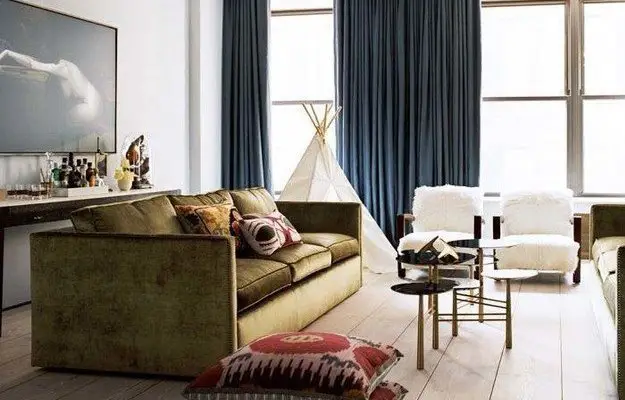 7 Mistakes in Interior Decoration That You Shouldn't Avoid
7 Mistakes in Interior Decoration That You Shouldn't Avoid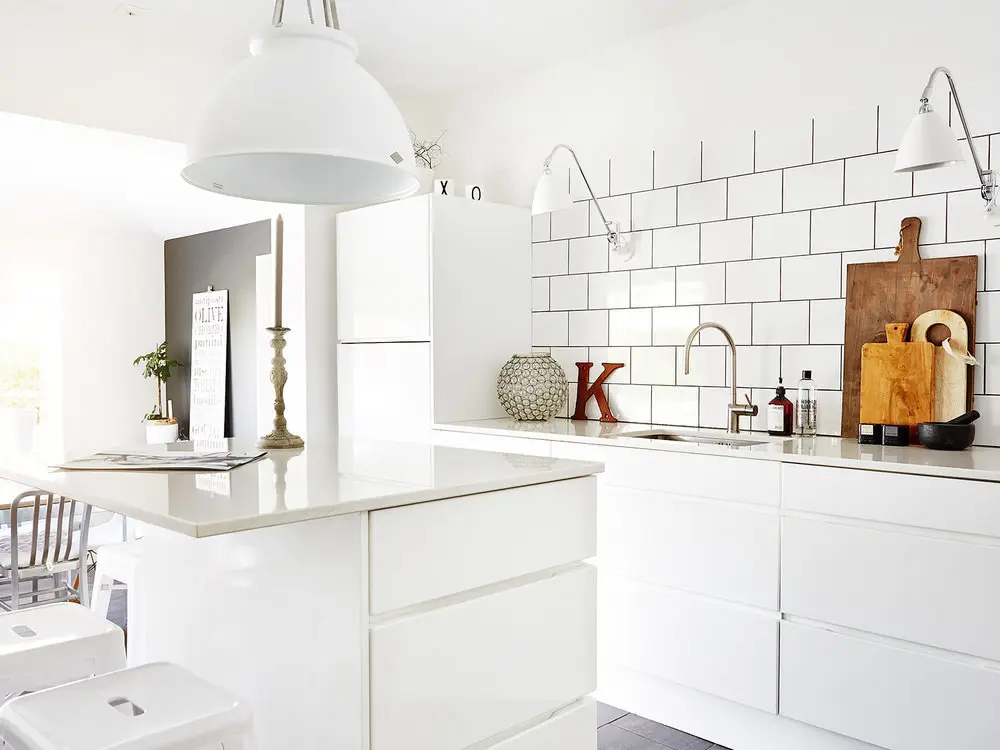 Weekend Plans: Cleaning the Kitchen
Weekend Plans: Cleaning the Kitchen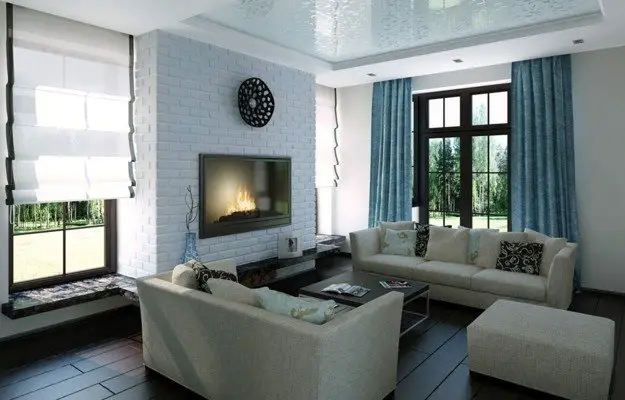 10 Critical Mistakes Designers Make in Visualization
10 Critical Mistakes Designers Make in Visualization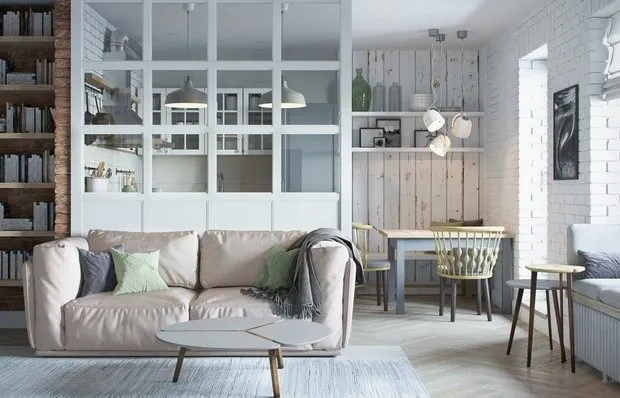 Guide: 5 "Our" Scandinavian Interiors
Guide: 5 "Our" Scandinavian Interiors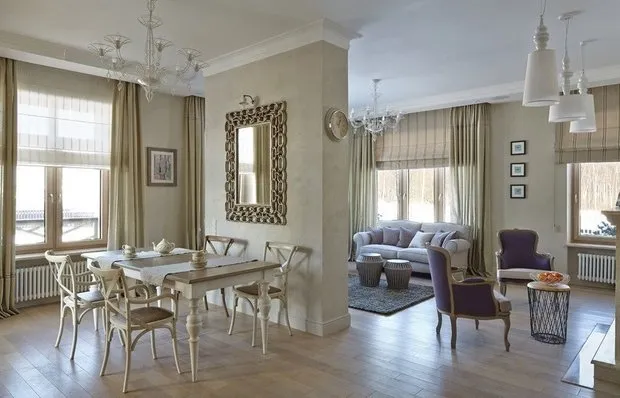 How to Choose and Place a Mirror: 7 Feng Shui Tips
How to Choose and Place a Mirror: 7 Feng Shui Tips 13 Tips from Jean-Louis Deniot for Young Designers
13 Tips from Jean-Louis Deniot for Young Designers 12 Interesting Facts About New Year
12 Interesting Facts About New Year 11 Green Antidepressants for City Residents
11 Green Antidepressants for City Residents